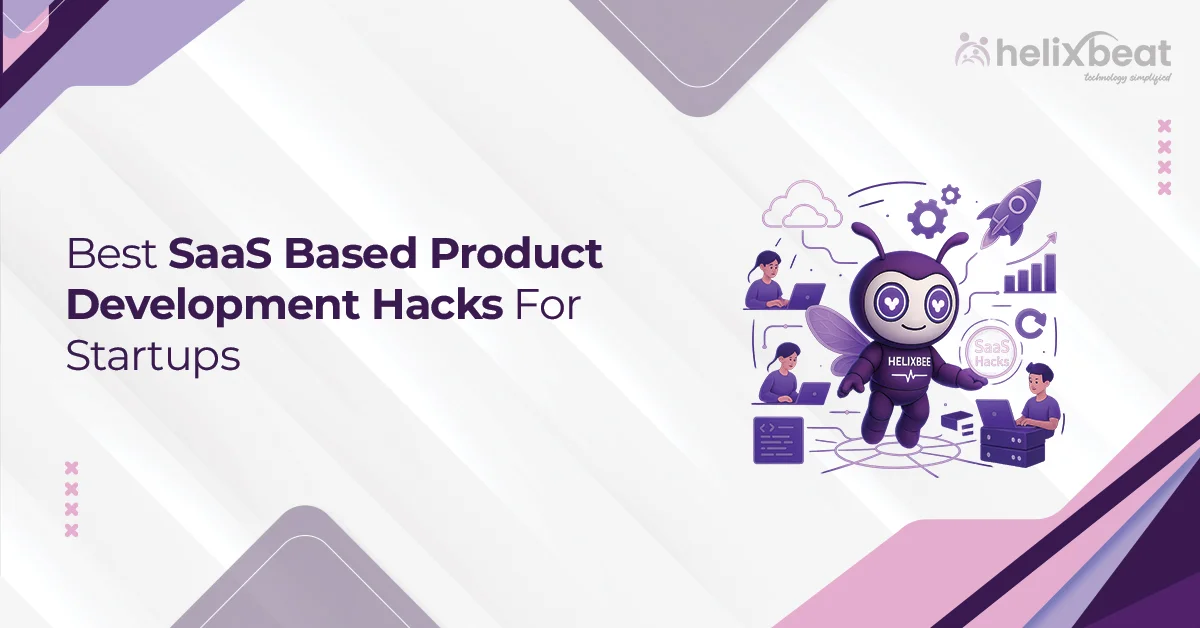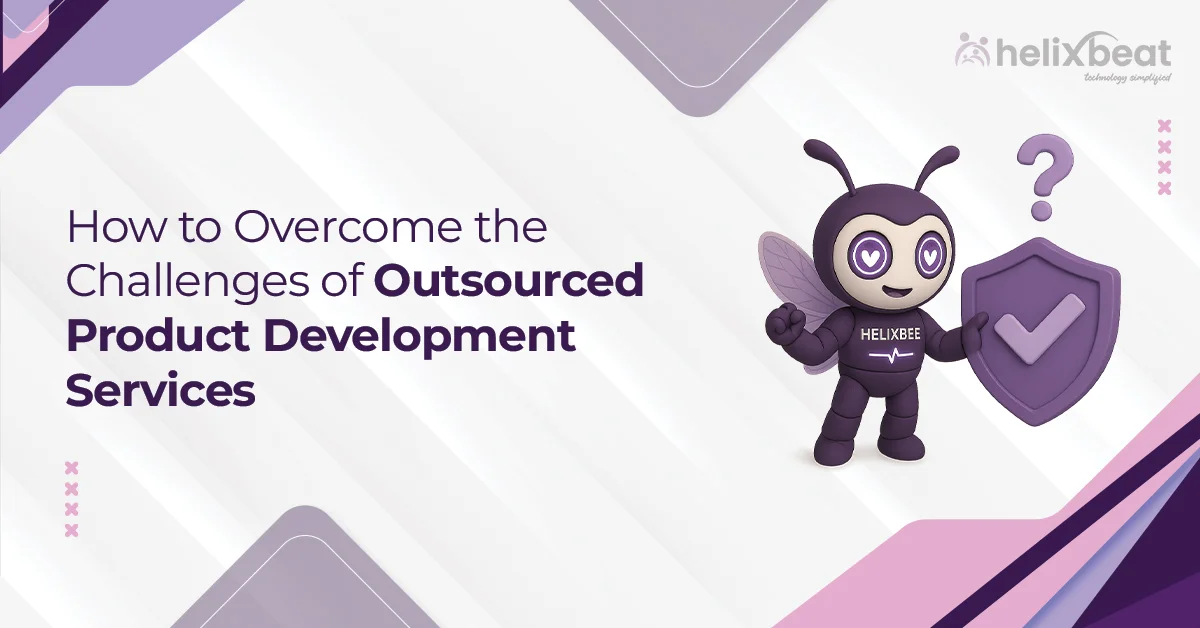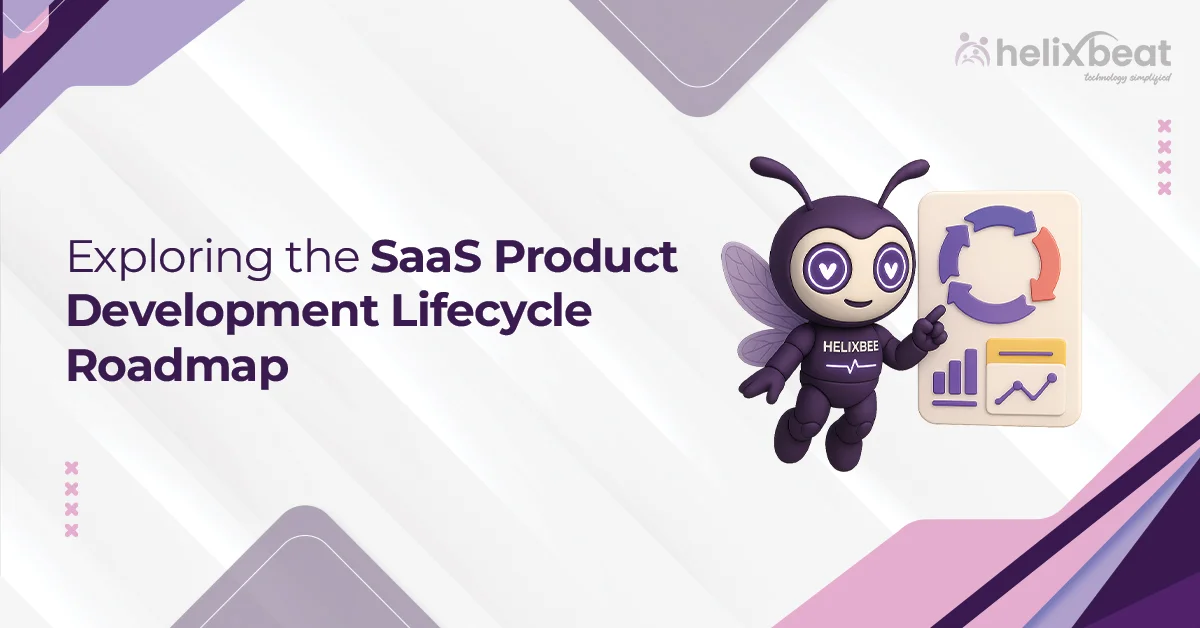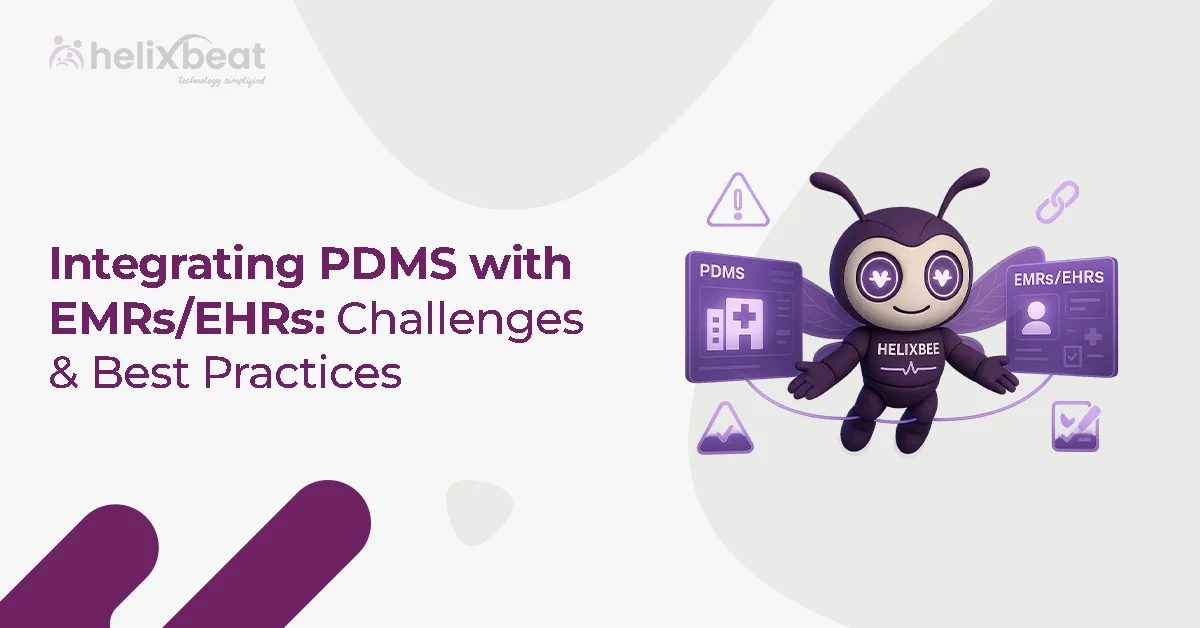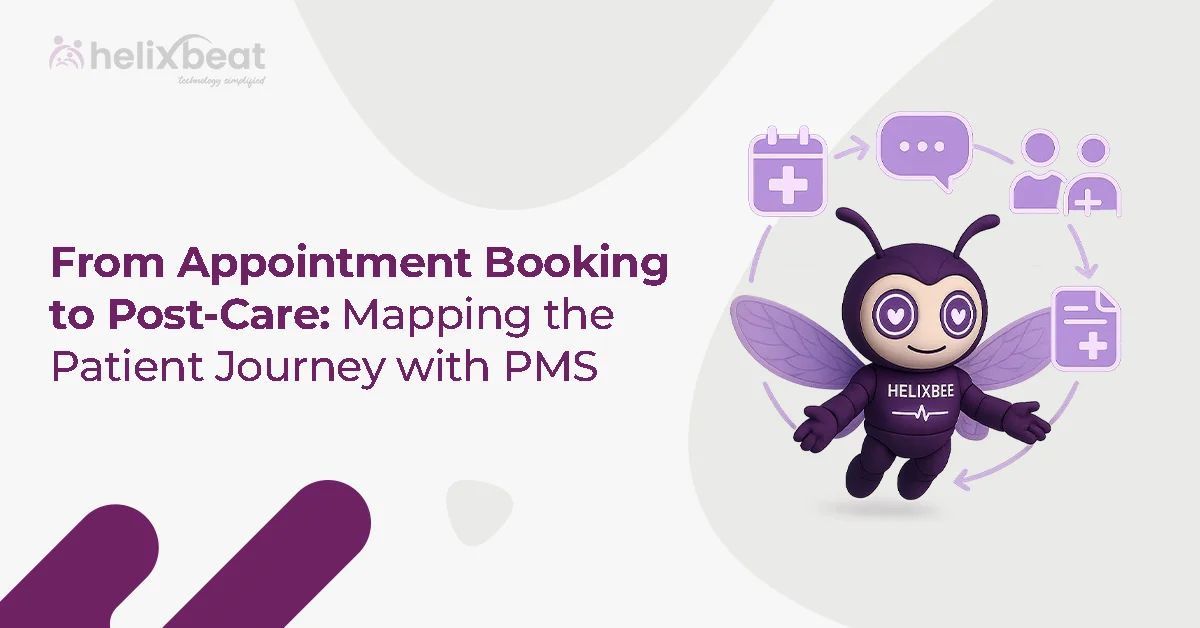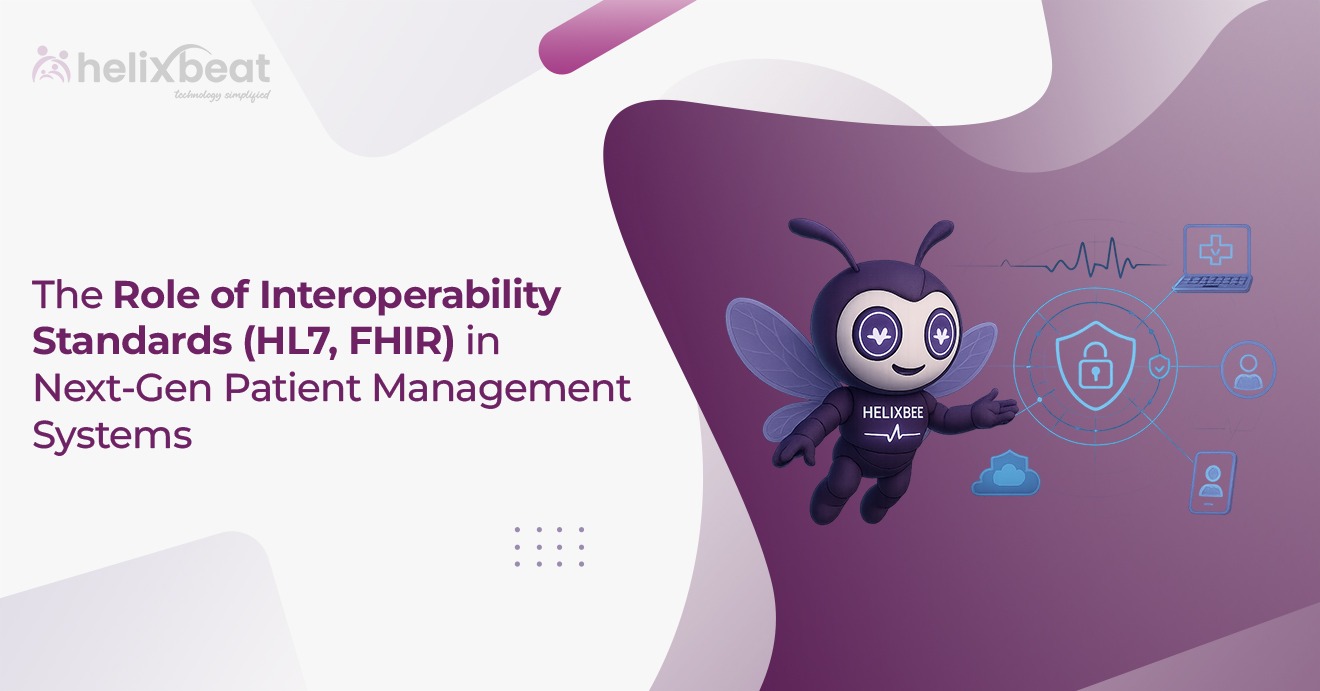Imagine an eCommerce app crashing during a Black Friday sale because its payment gateway timed out, or a health tech platform leaking sensitive patient data due to a broken endpoint. These aren’t just horror stories from the past—they’re daily reminders that API testing is not a luxury, but a necessity. As digital transformation accelerates across every industry, the reliability of your APIs directly reflects the reliability of your software.
That’s where Helixbeat makes a real difference. Backed by years of software engineering excellence, Helixbeat delivers robust API testing services that don’t just catch bugs—they anticipate failures, strengthen security, and optimize performance at every layer.
Table of Contents
Why Is API Testing So Important?
From payment gateways and geolocation services to cloud storage and third-party plugins, APIs hold together your application’s entire ecosystem. If they fail, your user experience fails with them.
Performance & Security Risks Are Real
A single unvalidated API endpoint can:
- Slow down your app’s response time,
- Leak sensitive data,
- Expose your system to DDoS attacks, and
- Cause cross-platform failures.
Business Impact Is Unavoidable
When a malfunctioning API causes an outage, the damage goes beyond technical setbacks—it becomes financial, reputational, and, in some cases, irreversible.
How Does API Testing Validate Performance?
API Testing isn’t just about functionality—it plays a critical role in making sure your application performs reliably under real-world conditions.
1. Load Testing: Can Your API Handle the Heat?
Load testing simulates typical user traffic to determine how your APIs perform under pressure. Using advanced API testing tools like JMeter or LoadRunner, testers can emulate thousands of concurrent requests to uncover:
- Response time slowdowns at specific endpoints,
- Bottlenecks in data processing or throughput, and
- Memory leaks that appear under sustained traffic.
This process helps development teams understand how their API scales as user demand increases and whether performance degradation is likely under peak usage.
2. Stress Testing: Where Does the System Break?
While load testing assesses performance under expected conditions, stress testing intentionally overloads the system. This technique identifies the breaking point of your APIs and reveals how gracefully they fail. API Testing Services use stress testing to guide recovery plans, failover mechanisms, and better capacity planning for future growth.
3. Latency Monitoring: Is Your Response Time Acceptable?
Latency can be a silent killer of user satisfaction. Through API testing automation, teams can track how long it takes for endpoints to respond. If your response time consistently exceeds 2 seconds, it could result in user drop-off, especially in high-performance applications like eCommerce or finance.
How Does API Testing Ensure Security?
Security isn’t just a feature—it’s a necessity. API Testing Services are designed to protect your software from hidden vulnerabilities that attackers exploit.
1. Authentication & Authorization Checks
The first line of defense is confirming that only the right users can access the right resources. API testing automation helps verify if your APIs correctly implement security protocols like OAuth2, API keys, JWTs, and session tokens. For example, automated scripts attempt privilege escalation to test if a user with basic access can retrieve sensitive admin data. A failure in this check could expose critical information to unauthorized users, making it a top priority in any API Testing framework.
2. Input Validation & Injection Protection
Unvalidated input is a common attack surface. Helixbeat’s Testing as a Service (TaaS) framework rigorously tests how your API handles incoming data. By using API testing tools to inject malformed payloads and headers, testers can identify security risks such as SQL injection, XML external entity (XXE) vulnerabilities, and command injection. Catching these issues early is essential for applications dealing with sensitive user or transactional data.
3. Rate Limiting & Throttling Tests
To safeguard against brute-force login attempts and DDoS attacks, APIs must enforce usage limits. API Testing verifies whether rate limiting, throttling, and timeout mechanisms are correctly implemented. When endpoints lack these controls, your system becomes highly susceptible to abuse.
Common Challenges in API Testing and How Helixbeat Solves Them
Even well-structured development teams face hurdles when it comes to executing efficient and scalable API Testing. Helixbeat’s expert-led API Testing Services are built to address these challenges head-on.
Challenge 1: Complex API Workflows
Problem: Testing multi-step workflows, such as user authentication followed by transaction processing, often involves chained API calls and shared data states.
Solution: Helixbeat uses advanced scripting logic and stateful API Testing frameworks that can replicate complete end-to-end user journeys. Their use of robust API Testing Tools streamlines even the most intricate sequences.
Challenge 2: Lack of Skilled Resources
Problem: Hiring and training in-house API testers is costly and time-consuming.
Solution: Helixbeat’s On-Demand Testing Model gives businesses access to skilled QA engineers and testers who specialize in API Testing Automation—without the overhead of long-term staffing.
Challenge 3: Limited Test Coverage
Problem: Manual testing often overlooks boundary and edge-case scenarios.
Solution: Helixbeat leverages automation to extend coverage, using API Testing Tools to execute negative testing, boundary validations, and rare user behaviors with high precision.
By addressing these roadblocks, Helixbeat helps teams release stable, high-performing APIs at scale.
What API Testing Tools Does Helixbeat Use?
Helixbeat’s Testing as a Service platform is powered by 20+ advanced tools, including:
- Postman – For functional validation
- JMeter – For load and performance testing
- SoapUI – Ideal for SOAP-based web services
- RestAssured – API test automation for RESTful services
- OWASP ZAP – Open-source security scanner for APIs
These tools are selected based on your project’s tech stack, API type (REST, SOAP, GraphQL), and overall business objectives.
API Testing Automation: The Key to Scalability
Manual testing is resource-intensive and often struggles to keep up with the demands of modern CI/CD pipelines. This is where API Testing automation makes a significant impact. It enables teams to:
- Seamlessly integrate with CI/CD tools like Jenkins or GitLab,
- Automatically run regression tests after every update,
- Minimize manual errors through consistent test execution, and
- Cut down QA cycles by over 40%, boosting overall efficiency.
By automating repetitive and critical test cases, teams gain speed without compromising accuracy. Helixbeat builds custom automation frameworks designed to scale alongside your application, ensuring long-term test reliability as your product evolves.
Final Words
In an interconnected world, an app is only as strong as the APIs behind it. Without ongoing performance validation and security checks, you’re leaving your digital ecosystem vulnerable.
Helixbeat offers a smarter way to stay ahead. With scalable API Testing Services, advanced API Testing tools, and reliable API Testing automation, Helixbeat helps your product perform flawlessly, stay secure, and scale with confidence.
Ready to reduce risk and build with certainty? Explore Helixbeat’s Testing as a Service today.

FAQs
1. Why is API Testing important for security?
APIs can expose sensitive data. Security testing checks for vulnerabilities like authentication flaws and data leakage.
2. What are the best API Testing tools?
Postman, RestAssured, JMeter, SoapUI, and OWASP ZAP are widely used.
3. What is API Testing automation?
It’s the use of scripts and tools to automatically validate APIs during development and after updates.
4. What types of APIs can be tested?
REST, SOAP, GraphQL, and even legacy APIs can be tested with the right tools and strategy.
5. How often should I run API Tests?
With automation in place, API tests can run after every build, daily, or based on sprint cycles.
6. What industries benefit most from API Testing Services?
Healthcare, fintech, eCommerce, SaaS, and logistics—any sector relying on interconnected systems.





